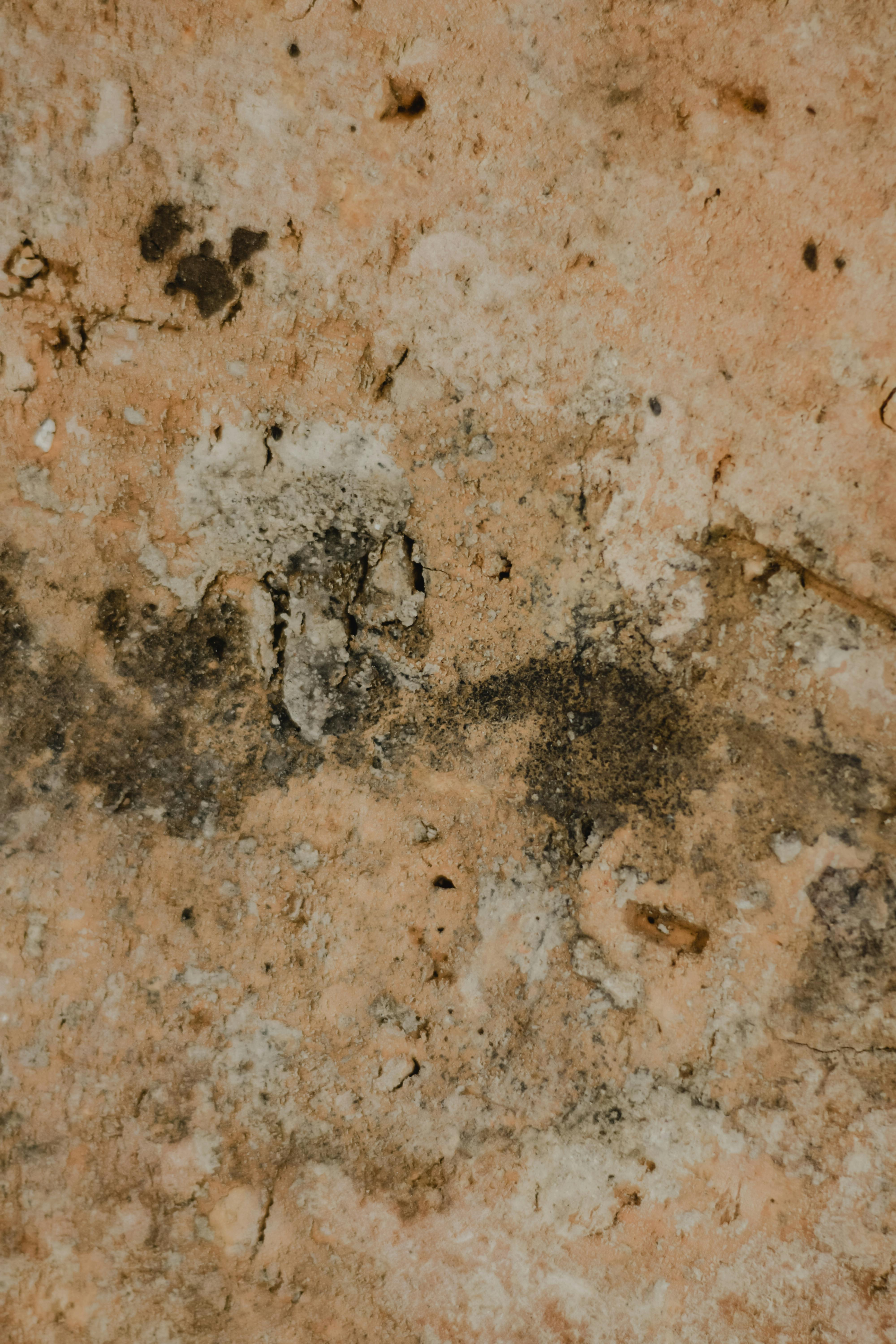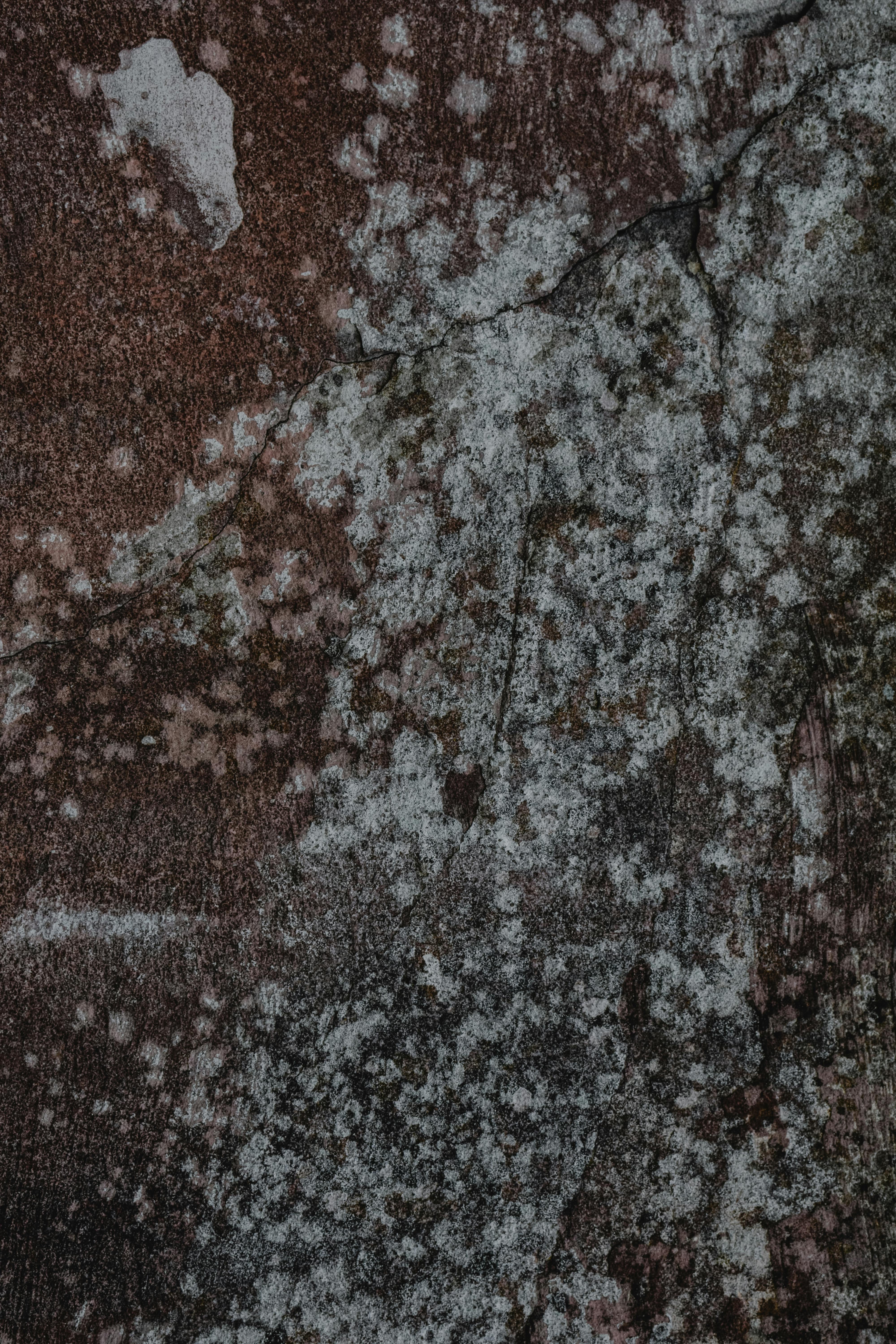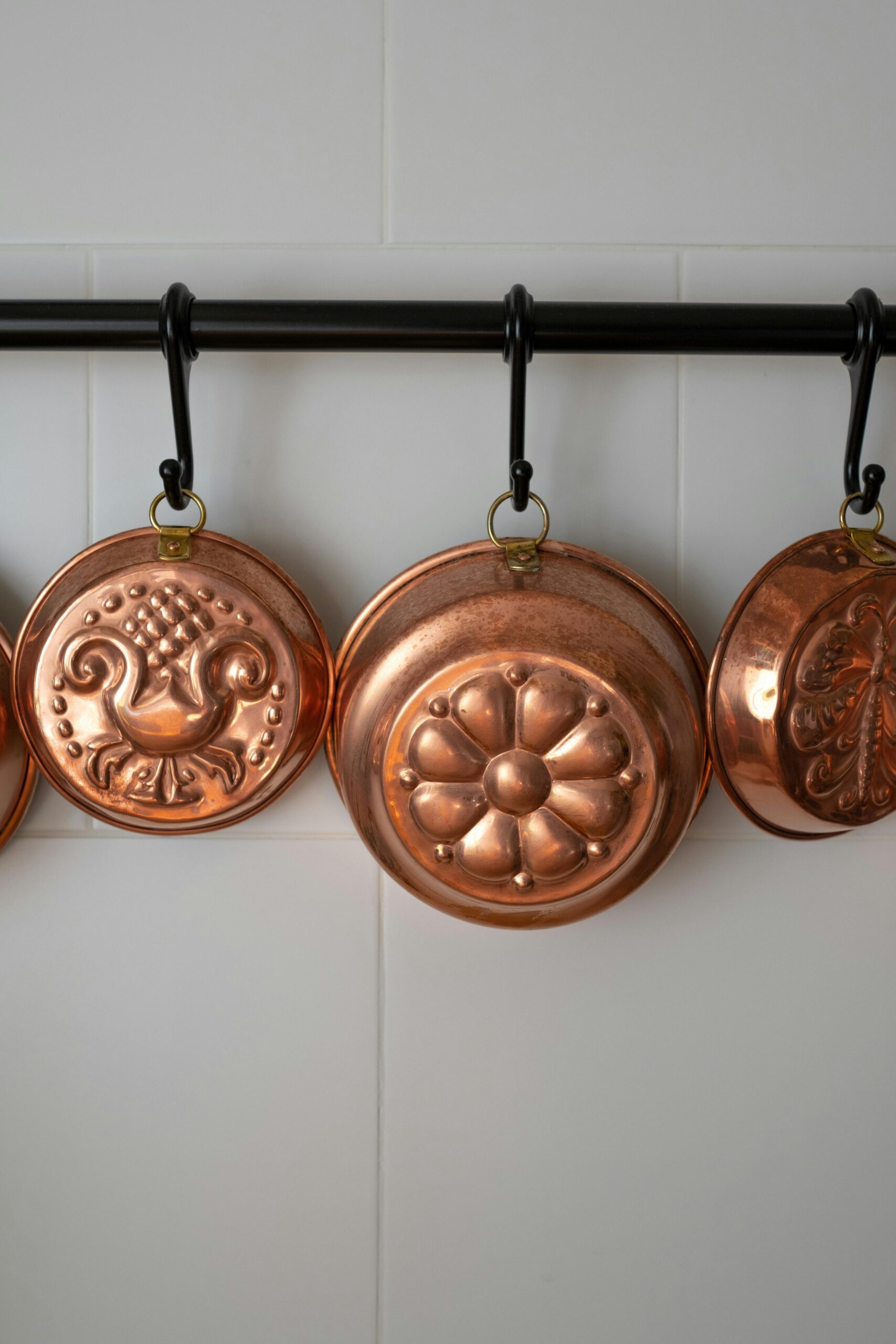Schimmel Wand: Understanding and Addressing Mold Issues in Your Home
What is Schimmel Wand?
Schimmel wand, or wall mold, is a common issue many homeowners face. It appears in damp environments and can be detrimental to both the aesthetics of your home and the health of its inhabitants. This unwanted growth typically thrives in areas with high humidity and poor ventilation, often found in basements, bathrooms, and kitchens. The color of mold can vary, ranging from black to green or even white, and it can lead to various health risks, including allergies and respiratory issues. Effective intervention and remediation strategies are essential for maintaining a healthy living environment.
Signs of Schimmel Wand
Identifying schimmel wand early can help mitigate health risks and prevent extensive damage to your property. Common signs of mold growth include:
- Visible mold spots on walls or ceilings.
- Musty odors that indicate dampness.
- Peeling paint or wallpaper.
- Water stains or discoloration on surfaces.
If you notice any of these signs, it’s crucial to act quickly to prevent the situation from worsening. Regular inspections, especially in moisture-prone areas, can aid in early detection and facilitate timely remediation efforts.
Health Risks Associated with Mold
Exposing yourself and your family to mold can lead to several health concerns. Common symptoms linked to mold exposure include respiratory issues, skin irritation, and in some cases, more severe reactions in individuals with allergies or compromised immune systems. The World Health Organization emphasizes that mold exposure can lead to serious health problems, especially for vulnerable populations such as children and the elderly. It is essential to address the underlying causes of moisture to prevent mold growth effectively.
How to Prevent Schimmel Wand
Preventing schimmel wand involves a multi-faceted approach directed at controlling moisture and ensuring proper ventilation throughout your home. By implementing these practical tips, you can significantly reduce the likelihood of mold growth.
Improving Ventilation
One of the most effective ways to combat schimmel wand is by improving ventilation in your home. This can be achieved by:
- Opening windows and doors regularly to allow fresh air circulation.
- Using exhaust fans in kitchens and bathrooms to remove excess humidity.
- Investing in dehumidifiers to maintain optimal indoor humidity levels (ideally between 30-50%).
By ensuring that air can flow freely, you will reduce dampness and create an environment less conducive to mold growth.
Proper Insulation and Sealing
Insulation plays a crucial role in temperature regulation and moisture control. Ensure that your home is well-insulated to prevent condensation, particularly in colder months. Sealing any leaks around windows and doors can also prevent outside moisture from entering your living space. Regularly inspect and maintain insulation in attics and crawl spaces to avoid cold spots that may lead to condensation.
Regular Maintenance and Cleaning
Regular home maintenance and cleaning can thwart the conditions conducive to schimmel wand. This includes:
- Fixing leaks or water intrusion promptly.
- Cleaning and drying wet areas immediately.
- Using mold-resistant products when renovating or painting.
Staying proactive in these areas can significantly reduce the potential for mold growth.
Tackling Schimmel Wand: Remediation Strategies
If you discover schimmel wand in your home, remedial action is necessary. This section discusses effective mold remediation strategies that can help restore your living space.
DIY Mold Removal Techniques
For smaller areas of mold, several DIY methods can effectively eliminate schimmel wand. Consider these approaches:
- Vinegar Solution: Mix equal parts water with vinegar and spray the affected area. After allowing it to sit for about an hour, wipe the mold away with a cloth.
- Baking Soda: Combine baking soda with water to create a paste, apply it to the moldy surface, scrub it, and rinse thoroughly.
Always wear protective gear, such as gloves and a mask, when handling mold to prevent exposure.
When to Seek Professional Help
In cases of extensive mold growth or if mold returns after cleaning, it may be necessary to seek professional assistance. Certified mold remediation specialists utilize advanced techniques and equipment to tackle mold issues effectively. They conduct thorough inspections, remove contaminated materials, and apply treatments to prevent future growth. This is particularly important for large infestations or in scenarios involving the potential for hazardous molds.
Preventive Measures Post-Remediation
After successfully addressing schimmel wand, implementing preventive measures is crucial to avoid recurrence. Maintain low indoor humidity, regularly inspect for leaks, and keep areas well-ventilated. Additionally, consider applying mold-resistant paint or sealants to at-risk areas to provide added protection. An effective preventive strategy fosters a safer home environment.
Key Takeaways
- Schimmel wand can have significant health impacts and needs to be addressed promptly.
- Improving ventilation and insulation are effective preventive measures.
- Regular maintenance can significantly mitigate mold growth risks.
- Small mold issues can often be handled with DIY methods; larger concerns may require professional remediation.
FAQ
1. What are the main causes of schimmel wand?
The primary causes of schimmel wand include high humidity, water leaks, condensation, and poor ventilation. Areas prone to dampness, such as bathrooms, kitchens, and basements, are particularly susceptible. Understanding these causes is vital for implementing effective preventive measures.
2. Can schimmel wand be harmful to pets?
Yes, schimmel wand can also impact the health of pets. Just like humans, pets can experience allergic reactions, respiratory problems, and other health issues due to mold exposure. Keeping your home mold-free is essential for the well-being of everyone in your household, including furry friends.
3. Is it safe to remove mold myself?
While small areas of mold can be handled with DIY methods, caution is necessary. Always wear protective gear and ensure proper ventilation while cleaning. If the area affected by schimmel wand is large or there is a concern for hazardous mold, it’s best to seek professional help.
4. How can I tell if mold is toxic?
Identifying toxic mold often requires professional assessment. While some molds produce mycotoxins that can be harmful, others are non-toxic. If you suspect toxic mold presence, consult a mold remediation expert for testing and identification.
5. What are the long-term effects of mold exposure?
Long-term exposure to schimmel wand can lead to chronic health issues, including respiratory illnesses, persistent allergies, and skin conditions. It’s crucial to address mold problems timely to evade these potential complications.


